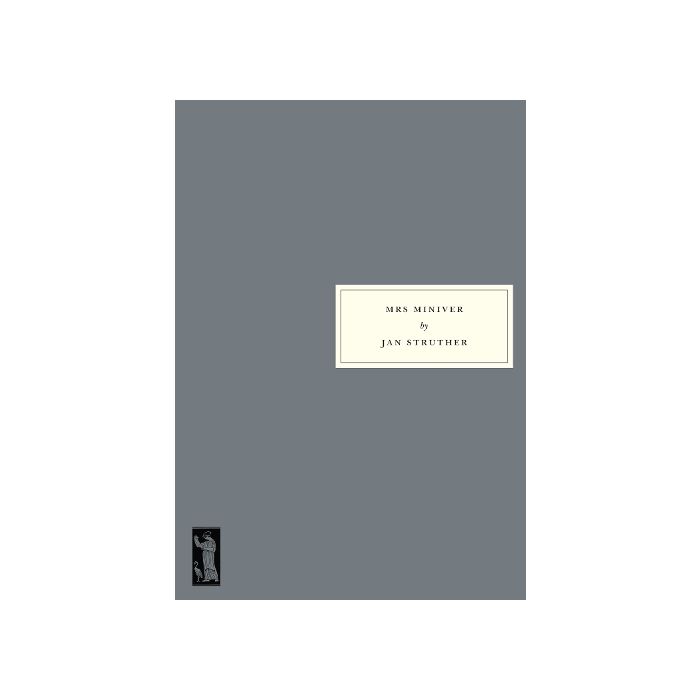Mrs Miniver
| Weight | 0.490000 |
|---|---|
| ISBN13/Barcode | 9781910263419 |
| ISBN10 | 1910263419 |
| Author | Jan Struther |
| Binding | Paperback |
|---|---|
| Date Published | 3rd October 2024 |
| Pages | 344 |
| Publisher | Persephone Books |
PREFACE BY YSENDA MAXTONE GRAHAM
'This was one of the moments, thought Mrs. Miniver, which paid off at a single stroke all the accumulations on the debit side of parenthood: the morning sickness and the quite astonishing pain; the plasticine on the door-handles, the face-flannels in the bathroom, the nameless horrors down the crevices of armchairs; the swallowed button, the inexplicable earache, the ominous rash appearing on the eve of a journey; the school bills and the dentists' bills; the shortened step, the tempered pace, the emotional compromises, the divided loyalties, the adventures continually forsworn... The dark sky had already paled a little in its frame of cherry-pink chintz. Eternity framed in domesticity.'
Mrs Miniver began life in 1937 when its author, Jan Struther, was commissioned to write occasional columns for The Times about ‘an ordinary sort of woman – like yourself’ and this she did with all that this implied. Like the real-life Jan Struther, Mrs Miniver is a young married woman living in Chelsea (very close to ‘Greenery Street’, PB No. 35), who shops in the King’s Road, discusses the week’s menus with cook, enjoys her children only as much as she wants to, and drives up to Scotland for the ‘glorious twelfth’. The most significant sentence is at the end of the first column when ‘with a little sigh of contentment [she] rang for tea.’
Some of us will find this slightly enraging since there are now probably only about ten people in the UK, not counting Queen Camilla, who ring for tea. But annoyance is the wrong way to react. The better way is to see the book as a historical document about the everyday life of the English upper-middle classes during the 1930s, a life that would change dramatically and for ever during the war. It’s a world as distant from us now as the Victorian period, but that does not stop the book from being highly entertaining, fun and interesting.
In addition, although by our standards Mrs Miniver is a tad complacent, she is not blind to other people’s prejudices about, for example, evacuees. An acquaintance tells her: ‘“I said to her before she left: ‘Even if the worst does come to the worst, you must make it quite clear to the authorities that I can only accept Really Nice Children.’” “And where,” Mrs. Miniver could not restrain herself from asking, “are the other ones to go?” “There are sure to be camps,” said Lady Constance firmly.’ This has more than a tinge of Mollie Panter-Downes, and no greater compliment could one pay.
Jan Struther was a marvellous writer, remembered nowadays not just for Mrs Miniver but for her hymns (eg. ‘Lord of all hopefulness’ and ‘When a knight won his spurs’). As her granddaughter Ysenda Maxtone Graham says in her Persephone Preface, ‘she was the master of the small universal truth’. The Mrs Miniver pieces are not weighty or profound but they are memorable and to the point.
A word here about Persephone publishing neglected books. No one could argue that Mrs Miniver is neglected. But many people will not have read it before, and in any case the mix of wit, social history, beautiful writing and domestic feminism ensures that it’s a perfect fit for our list.
Endpapers
The endpapers are taken from the cover of the original 1939 Chatto & Windus edition of Mrs Miniver.
